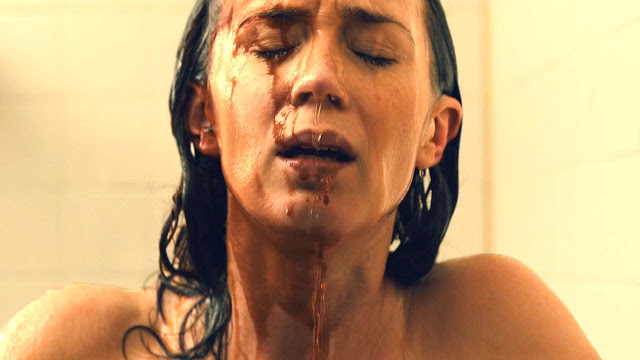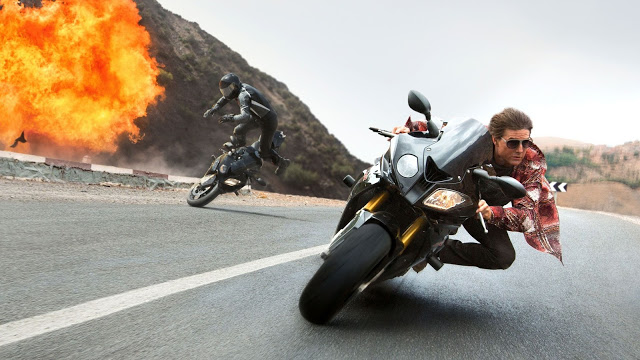Sicario: A Land with No Laws, a War with No Heroes
For a film of such engulfing darkness, Sicario spends a surprising amount of time in broad daylight. In a different story, its frequent aerial shots of the Southwest’s rolling hills and dusty deserts might feel enchanting rather than foreboding. Yet right from its electric opening sequence—a daytime FBI raid in suburban Phoenix on a cartel stash house, the kind where all the residents pack shotguns, and cadavers line the walls like asbestos—Sicario turns that pervasive sunlight into a mirage. A vicious, lacerating depiction of the Mexican-American drug trade, the movie slowly and systematically snuffs out the slightest flicker of hope. They say drug use is a victimless crime, but in this arid land, narcotics distribution is a literal cutthroat industry, a ceaseless cycle of violence, corruption, and death.
Sounds fun, right? You’d be surprised. Yes, as a political think piece, Sicario is powerful, persuasive, and even enraging. But what makes it a great movie—something more than just a forcefully conceived polemic—is that it is also crackerjack crime fiction. Directed by Denis Villeneuve from a script by Taylor Sheridan, Sicario is a pulse-pounding piece of prime-cut entertainment, one that thrills just as much as it chills. It is both literally and metaphorically explosive, and while its suffocating bleakness may get you down, its taut plotting and bracing technique will knock you out. Read More




